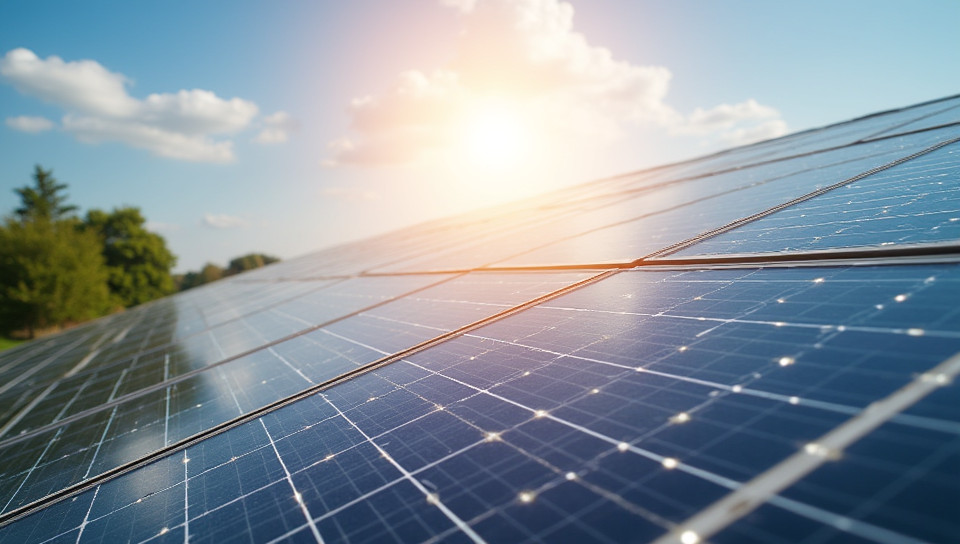Solar panels convert sunlight into usable electricity directly 65%

Harnessing the Power of Sunlight: How Solar Panels Work
As the world grapples with the challenges of climate change and sustainable energy, solar panels have emerged as a beacon of hope. These ingenious devices have been quietly revolutionizing the way we generate electricity, converting sunlight into usable power that can light up homes, schools, and businesses. But how exactly do they work their magic?
The Science Behind Solar Panels
Solar panels are made up of photovoltaic (PV) cells, which are designed to capture the energy from sunlight and convert it into electrical current. This process is based on the principle of photovoltaics, where light is absorbed by a material, causing an electric current to flow.
How Solar Panels Convert Sunlight into Electricity
The conversion process involves several key steps:
- Absorption: Photons from sunlight are absorbed by the PV cells, exciting the electrons and setting them in motion.
- Excitation: The excited electrons flow through the material, creating an electrical current.
- Collection: The electrical current is collected and directed towards a power inverter.
- Inversion: The DC (direct current) electricity is converted into AC (alternating current) electricity, which can be used to power homes and businesses.
Advantages of Solar Panels
The benefits of solar panels extend far beyond their ability to generate clean energy. Some of the key advantages include:
- Renewable Energy Source: Solar panels harness the power of sunlight, reducing our reliance on fossil fuels and minimizing greenhouse gas emissions.
- Low Maintenance: Solar panels require minimal maintenance and can last for up to 30 years or more.
- Energy Independence: With solar panels, homeowners and businesses can generate their own electricity, reducing their reliance on the grid.
Conclusion
As we continue to navigate the complexities of a rapidly changing world, it's clear that solar panels are an essential part of our future. By harnessing the power of sunlight, we can create a more sustainable, equitable, and prosperous world for all. Whether you're a homeowner looking to reduce your energy bills or a business seeking to increase your energy independence, solar panels offer a compelling solution. Join the clean energy revolution today and discover the power of the sun!
- Created by: Nathan Mercado
- Created at: Aug. 17, 2024, 11:22 p.m.
- ID: 7645
